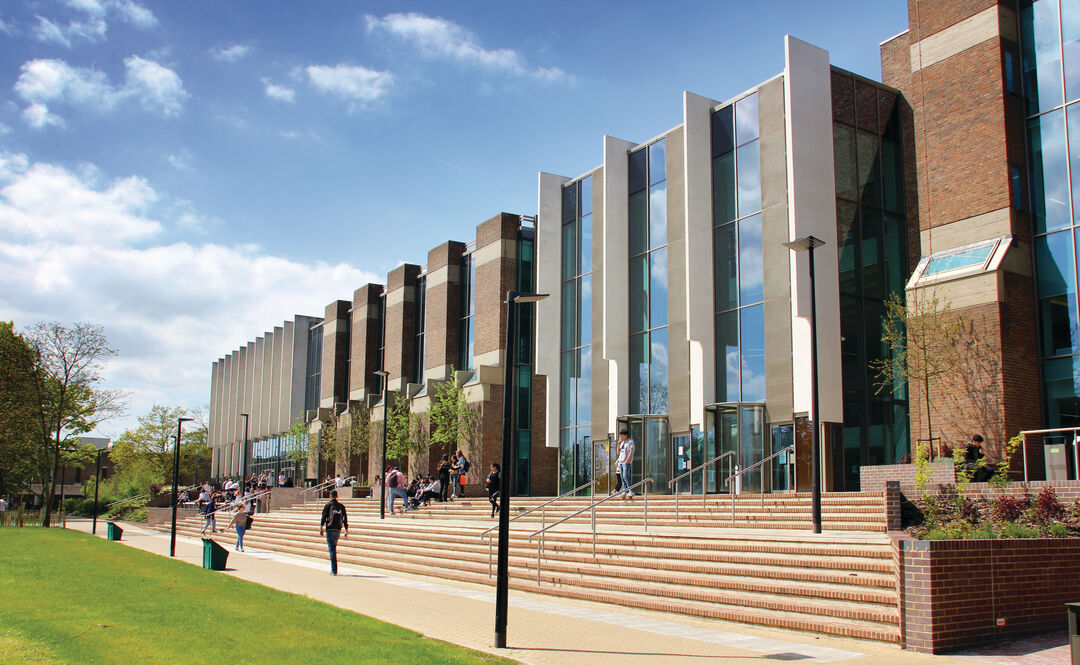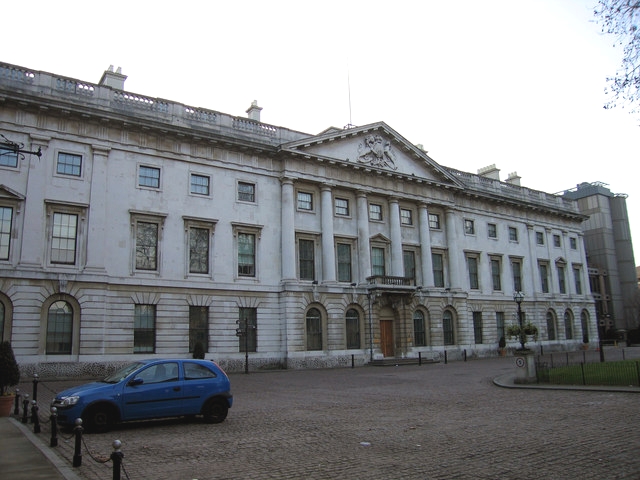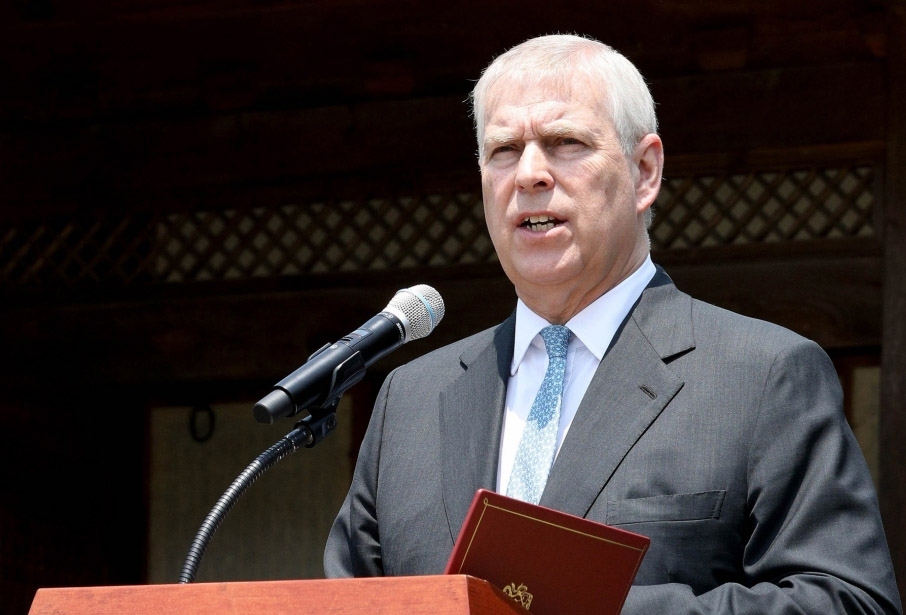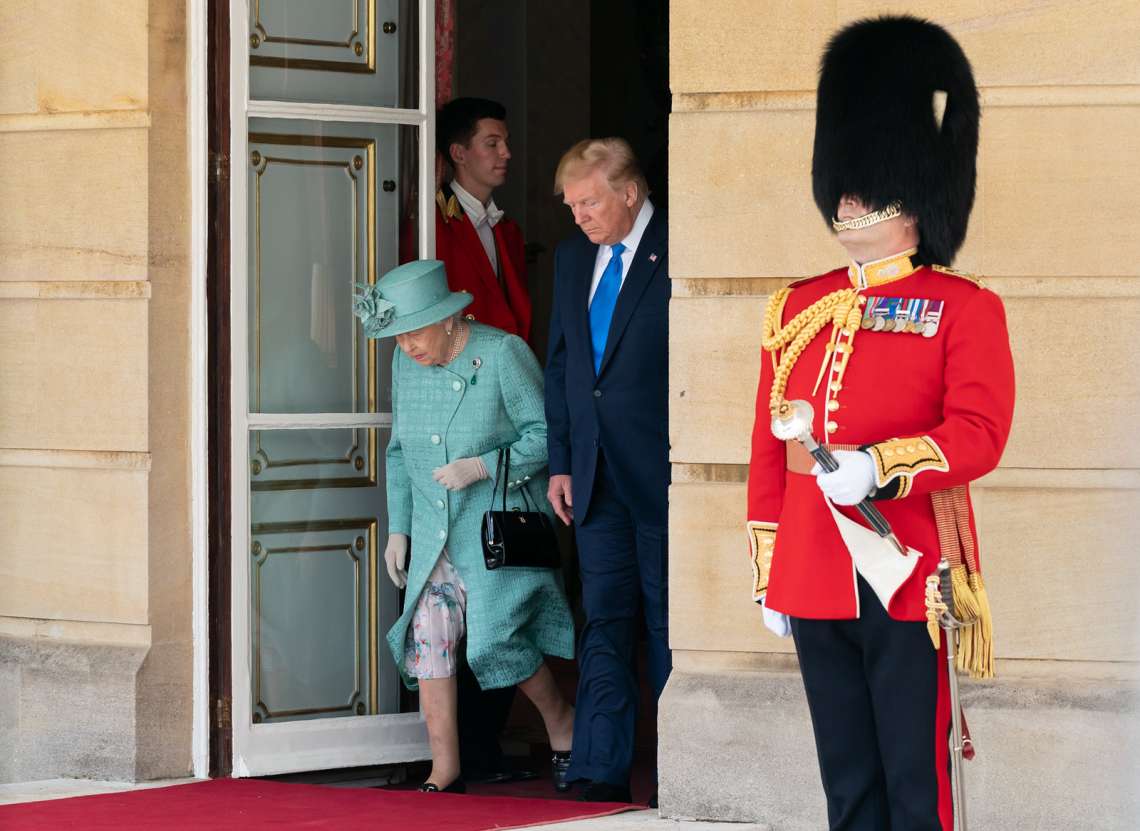Universities announce creation of London and South East University Group amid mounting financial pressures and falling student numbers…reporst Asian Lite News
Two of the UK’s best-known universities are to merge in a landmark move aimed at shoring up their financial futures in the face of a deepening crisis across the higher education sector.
The University of Kent and the University of Greenwich confirmed on Thursday that they will combine into a single institution from the autumn of 2026, under the proposed name of the London and South East University Group. Together, the two will have about 28,000 undergraduates on first degree courses, according to the Higher Education Statistics Agency, and will operate across their existing campuses in Canterbury, Greenwich, Medway and Avery Hill.
The two vice-chancellors insisted that the merger was not a takeover by either side but a “trailblazing model” that will make the new entity “resilient and financially viable”. Interim Kent leader Professor Georgina Randsley de Moura said the structure would allow both institutions to retain their names, identities and campuses, while Greenwich’s vice-chancellor, Professor Jane Harrington, who will head the merged university, said the initiative would “absolutely categorically” protect current students’ courses and degrees.
The announcement comes against a backdrop of growing financial distress across English higher education. The Office for Students (OfS), the sector’s regulator, has reported falling income for three consecutive years, with around 40 per cent of universities now thought to be in deficit. A slump in international student recruitment – following visa restrictions and shifting immigration rules – has been compounded by the declining real-terms value of domestic tuition fees, frozen at £9,250 for more than a decade despite rising costs.
Edward Peck, chair of the OfS, welcomed the decision by Kent and Greenwich, saying: “The OfS’s financial sustainability analysis has starkly demonstrated the challenges facing the sector. More universities taking steps to ensure their long-term financial future will likely explore the possibility of working more closely with partners, up to and including mergers. These initial proposals are to be welcomed.”
The Department for Education (DfE) struck a similarly supportive note. A spokesperson said ministers “welcome innovative approaches such as this one”, adding: “This collaboration shows how strong partnerships in higher education can help enable delivery of world-class teaching and research while maintaining the best interests of students.” The government has promised a white paper on reform of higher education funding as part of its wider post-16 strategy later this year.
Not everyone in the sector was reassured. The University and College Union (UCU), which represents academics and other university staff, warned that the development would cause anxiety. General secretary Jo Grady said: “Staff and students at both universities will be alarmed by this announcement. If today’s announcement is indicative of how the government intends to deal with financial instability in the sector, we should all be worried. It instead needs to present us with a clear and coherent strategy for how it will deal with the crisis in higher education.”
Universities across England have been scrambling to repair their budgets, with widespread course closures, staff redundancies and asset sales. The UCU estimates that around 5,000 posts have been lost in recent years, and sector analysts expect more than £400m of land and property to be sold off in 2025 alone. Kent, which has already announced course wind-downs after running another deficit in 2024, and Greenwich, which cut 15 posts earlier this year, both said there were no immediate plans for further redundancies, though savings would be made through reducing senior leadership roles.
Despite the financial pressures, both institutions emphasised that students would notice little immediate difference. Applications will continue to be made separately to Kent and Greenwich, with degrees awarded in each university’s name. On the ground, the merger builds on two decades of collaboration at the shared Medway campus, where facilities such as the library are already jointly run.
Harrington said the partnership was intended not only to stabilise the institutions’ finances but to strengthen their role in the wider economy. “We have worked together successfully at Medway for 20 years. Now we want to contribute more to the growth and prosperity of London and the south-east,” she said.
Mergers in higher education remain unusual but have become more common in recent years. Last year saw the creation of City St George’s through the combination of two University of London institutions, and sector experts believe further consolidations are likely as financial pressures intensify.
For Kent and Greenwich, the next 12 months will be critical as they navigate the regulatory approval process and plan the integration of their structures and leadership. While both institutions say students will be insulated from disruption, staff unions and sector analysts will be watching closely to see whether the new model delivers stability – or simply delays more difficult choices.
With growing deficits, falling overseas recruitment and mounting calls for government action, the merger highlights both the fragility of the sector and the willingness of some institutions to explore bold solutions. As the OfS put it, many more universities may soon find themselves considering mergers not as radical exceptions, but as necessary strategies for survival.













